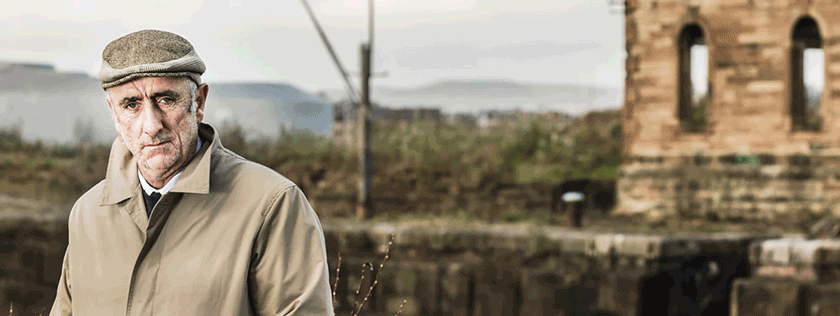UK asbestos mesothelioma deaths remain virtually static

On 1 July the Health & Safety Executive (HSE), the body responsible for regulating workplace health and safety in the UK, confirmed there was almost no decline in the number of deaths from mesothelioma for the previous five years.
The statistics for 2018 revealed a total of 2,446 people in the UK died from mesothelioma, with similar numbers expected in 2019 and 2020. By way of comparison, in the same year 1,784 people died in road accidents in the UK.
The HSE consider that we are presently likely to be at the peak numbers of deaths from mesothelioma in men. Mesothelioma only develops a number of years after asbestos exposure and seems to take longer to develop in women. For this reason, mesothelioma numbers in women are anticipated to continue to rise over the coming years.
The figures highlight, in particular, the legacy of asbestos use in the west of Scotland. For the period 1981-2018, West Dunbartonshire local authority area had the second highest rate of mesothelioma deaths in the UK, at nearly four times the national average for men.
Asbestos materials were commonly used in shipbuilding for fire protection. The north banks of the Clyde in West Dunbartonshire were home to number of shipyards, including John Brown & Co in Clydebank, William Denny & Brothers in Dumbarton and Scott & Sons in Bowling. West Dunbartonshire was also the site of a factory manufacturing asbestos products, run by Turners Asbestos Company and located in Dalmuir. The concentration of these industries in this area meant that many workers were exposed to asbestos.
Unfortunately, the use of asbestos in West Dunbartonshire appears to have affected not only workers, but also their families. The statistics confirm that the area has one of the highest rates for mesothelioma deaths in women in the UK - over twice the national average. Workers often brought home their dusty overalls to be washed by their wives.
At Digby Brown we are proud to work with Clydebank Asbestos Group, West Dunbartonshire’s only asbestos victim’s support organisation. They have worked tirelessly for over 25 years to support those affected by asbestos in West Dunbartonshire and the surrounding areas.
The HSE also looked at the occupations of people who died from by mesothelioma. A significant proportion were found to have worked in the construction industry.
Between 2001 and 2018, the highest rates of mesothelioma deaths were in carpenters or joiners. Shockingly, research has shown that people born in the 1940's and who have carried out more than 10 years of carpentry or joinery work before the age of 30 have a 1 in 17 chance of developing mesothelioma. This is due to the widespread use of asbestos insulation board in construction in the UK until the early 1980's. Asbestos insulation boards were commonly used for fireproofing, partition walls and ceilings.
The HSE found energy plant operatives had an unusually high number of mesothelioma deaths. Coal-fired power stations, such as Longannet in Fife and Cockenzie in East Lothian, used superheated steam to produce energy. The pipework throughout these power stations was often insulated with asbestos materials.
The HSE predict that in the coming years the number of those affected by mesothelioma should decline, due to the decline in production and use of asbestos materials in the 1980's. The UK did not ban the import of asbestos until 1999. Asbestos is still present in many homes, schools, hospitals and other buildings around the UK. As these buildings require to be maintained, renovated and demolished, the risks of exposure to asbestos continue.